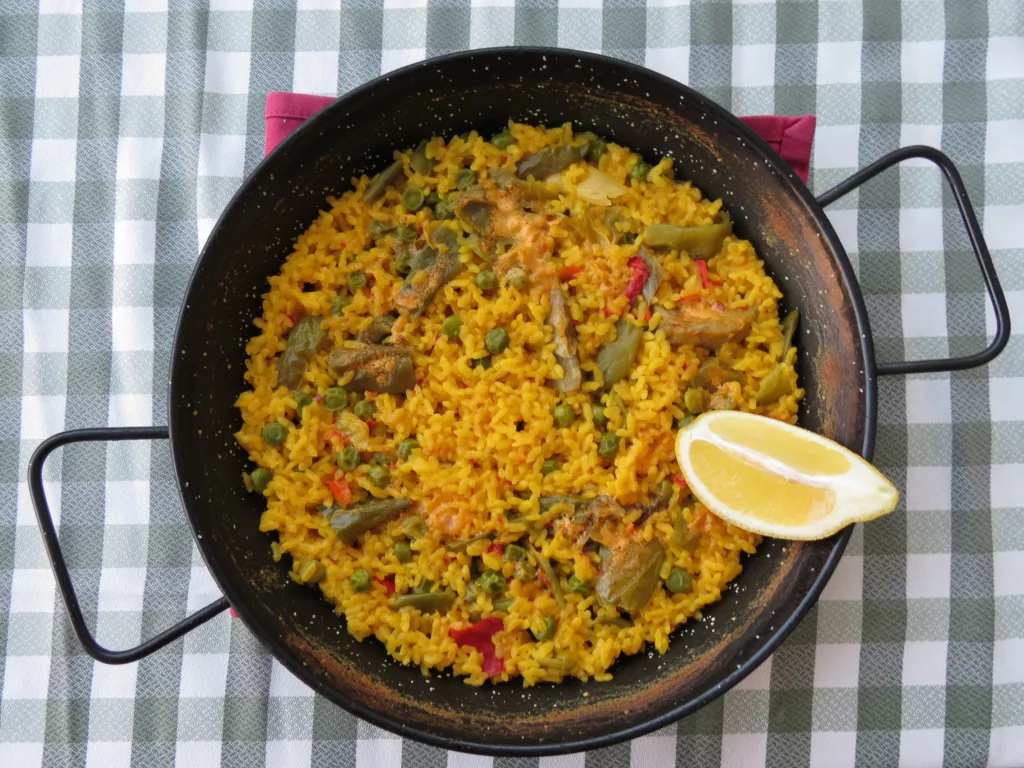
5 Cozy Fall Recipes
Welcome to a season of culinary coziness and fall Co-op recipes.
It’s a time when we turn to our kitchens and we crave the comforting embrace of fall flavors.
Whether you’re a seasoned chef or a kitchen novice, we’ve got something special simmering for you on the stove. Each recipe is carefully curated to embrace the season’s finest ingredients available at the Co-op and bring a touch of autumnal enchantment to your table.
Ribollita

Ingredients
- 1 bunch kale
- 1 tablespoon olive oil
- 1 medium yellow onion, chopped
- 3 large garlic cloves, chopped
- 1 small zucchini, chopped
- 2 ribs celery, chopped
- 3 cups vegetable broth
- 2 large carrots, chopped
- 2 teaspoons dried rosemary
- 1 cup tomato puree
- 1 can cannellini beans, drained
- 7 slices whole wheat bread, divided
- Parmesan cheese
Method
Serves 5. Prep time: 25 minutes active; 45 minutes total.
- Strip the kale leaves from the stems. Chop the stems finely, and roughly chop the leaves.
- In a large pot, heat the olive oil over medium-high heat. Add the onion and garlic and stir for five minutes or so, until the onion is translucent. Add the zucchini, celery, carrot and kale stems, and stir for a minute, then add the broth and rosemary and bring to a boil.
- Reduce to a simmer and cook until the vegetables are tender, about 10 minutes. Stir in the tomato puree, kale leaves, cannellini beans, salt and two slices of crumbled bread and simmer until the kale is softened. Toast the remaining slices of bread.
- To serve, ladle soup over a slice of toasted bread in each individual bowl, and top with freshly shredded Parmesan.
Plant-Based Paella

Ingredients
- 1 tablespoon olive oil
- 1 medium yellow onion, peeled and diced
- 1 large red bell pepper, seeded and diced
- 3 cloves fresh garlic, peeled and minced
- 1 medium zucchini, diced
- 2 cups canned diced tomatoes and juice
- 2 teaspoons smoked paprika
- 2 cups canned garbanzo beans, rinsed and drained
- ½ teaspoon crushed red pepper flakes
- 1 ½ cups rice, medium- or short-grain
- 3 cups vegetable broth, room temperature
- ½ cup canned artichoke hearts, drained and quartered
- ½ teaspoon salt
- ¼ teaspoon ground black pepper
Method
Serves 4-6. Prep time: 30 minutes active; 60 minutes total.
- In a large oven-proof stock pot or Dutch oven, heat the oil over medium-high heat. Add the onion and bell pepper and sauté for 10 minutes or until softened. Add the garlic, zucchini, diced tomatoes with juice, paprika and chili flakes, and sauté for 5 to 10 minutes. Add the rice and broth, stir, and bring to a boil.
- Reduce heat to low and simmer for 10 minutes. Preheat the broiler while the rice is cooking.
- Add the artichokes, garbanzo beans, salt, and pepper. Cover the pot and simmer for 10 to 15 more minutes.
- When the liquid is mostly absorbed and the rice is tender, transfer the pot to the broiler for 5 to 10 minutes, until the edges of the rice begin to brown and get a bit crispy. Remove from broiler and serve.
Italian Sausage Soup

Ingredients
- 1 pound bulk Italian sausage
- 1 large onion, chopped
- 5 cloves garlic, minced
- 1 pound sweet potato, 3/4″ thick chunks
- 1 large red bell pepper, chopped
1 bunch kale, chopped
- 1 teaspoon dried oregano
- 1 ⁄2 teaspoon salt
- 4 cups chicken stock, low sodium
- 1 bunch kale, de-stemmed and chopped
1 bunch kale, chopped
Method
Serves 6. Prep time: 25 minutes active; 50 minutes total.
- In a large pot over medium-high heat, crumble the sausage and stir as it starts to sizzle. Add the onions. Stir and cook until the onion is softened and the sausage is browned, about 5 minutes.
- Add the garlic and stir for a few seconds, then add the sweet potato and red bell pepper. Stir, then add oregano, salt and chicken stock. Cover, bring to a boil, then reduce heat to medium-low to simmer. Cover and cook for 10-15 minutes, until the sweet potatoes are tender when pierced with a paring knife.
- Stir in the kale and cook for 5 minutes to soften the kale. Serve hot, or cool completely before storing, tightly covered in the refrigerator, for up to 4 days.
Turkey and Sweet Potato Chili

Ingredients
- 2 tablespoons canola oil
- ½ pound turkey sausage, casings removed
- 1 medium yellow onion, chopped
- 1 red bell pepper, seeded and chopped
- 3 sweet potatoes, chopped into small pieces
- 2 cloves garlic, minced
- 1 14.5-ounce can diced fire-roasted tomatoes, undrained
- 1 cup water
- 2 cups chicken broth
- 1 tablespoon chili powder
- 1 tablespoon cumin
- ½ teaspoon cayenne pepper
- ½ teaspoon salt
- 1 15-ounce can cannellini beans, drained and rinsed
- Additional salt and pepper to taste
Method
Serves 6. Prep time: 25 minutes active; 55 minutes total.
- Warm oil in a large pot over medium-high heat. Add sausage; break up any large chunks and sauté until no pink remains. Using a slotted spoon, transfer meat to a bowl; cover.
- Add onion, bell pepper and sweet potato to pot and cook, stirring occasionally, until softened, about 6 minutes. Add garlic and sauté for 1 minute. Return meat to pot. Stir in tomatoes, beans, broth, water, spices and salt.
- Bring to a boil, then reduce heat to medium-low and stir in beans. Cover and simmer until chili thickens slightly, about 30 minutes.
One Pot Chicken and Rice

Ingredients
- 2 tablespoons canola oil, divided
- 1 teaspoon paprika
- ½ teaspoon garlic powder
- ½ teaspoon salt
- ½ teaspoon pepper
- 1 pound skinless, boneless chicken thighs, cut into 1-inch pieces
- 1 medium yellow onion, chopped
- 3 cups chicken broth
- 8 ounces button mushrooms, sliced
- 1 ½ cups uncooked brown rice
- 2 cups frozen green peas, thawed
- 1 teaspoon dried rosemary
- 1 teaspoon dried thyme
- 2 cloves garlic, diced
- Additional salt and pepper to taste
Method
Serves 4 to 5. Prep time: 25 minutes active; 60 minutes total.
- Heat a large skillet over medium-high heat. Add 1 tablespoon of canola oil to the pan.
- Mix paprika, garlic powder, salt and pepper together by shaking in a zip-lock plastic bag. Add chicken pieces and shake to coat evenly with dry spice mixture. Add chicken to pan and sauté for 5 minutes or until chicken is browned, stirring occasionally. Remove chicken from pan and set aside.
- Return the pan to medium-high heat. Add remaining canola oil to the pan. Add onion and mushrooms; sprinkle with salt and pepper, sauté 5 minutes or until onion is lightly browned, stirring occasionally. Stir in chicken broth and rice and bring to a boil.
- Cover, reduce heat to low, and simmer for 35 minutes.
- Stir in the chicken, peas, thyme, rosemary and garlic. Cover and cook for 10 minutes or until rice is tender and chicken is done.